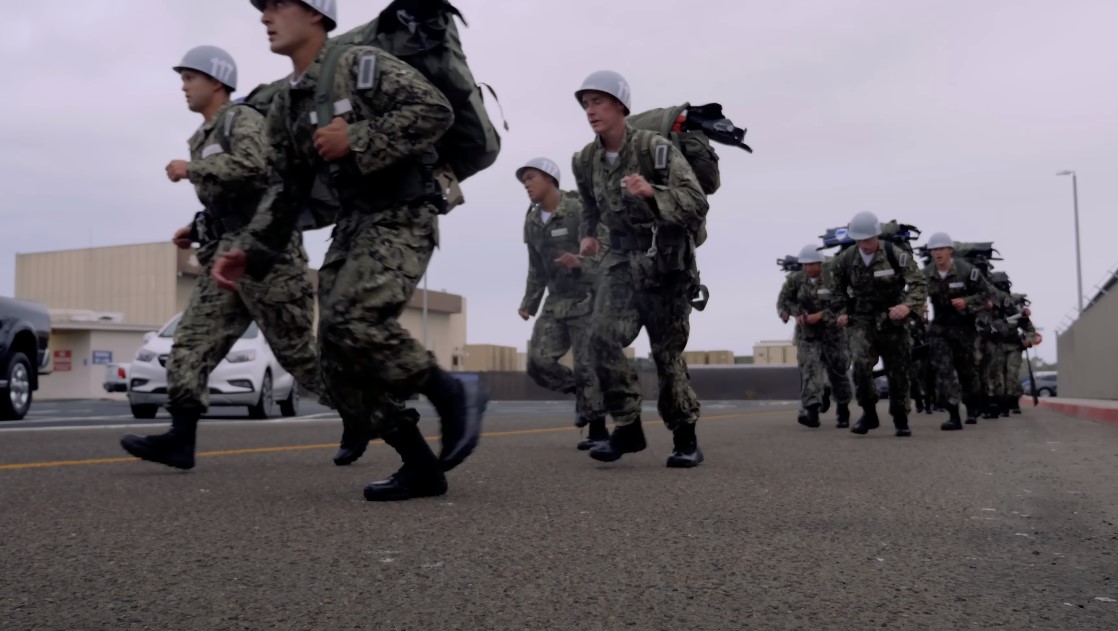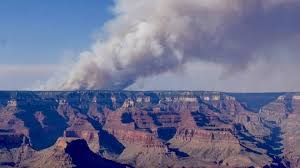Special forces, also known as special operations forces, are elite military units trained for unconventional and covert missions critical to national security.
Throughout history, from the Roman era’s camouflaged ships and specially trained soldiers to the ninjas of Japan and the strategic naval intelligence operations during the Crusades, specialized forces have played pivotal roles in warfare.
These units are distinguished by their rigorous training, advanced weaponry, and notable achievements.
For example, the U.S. Navy SEALs’ BUD/S training is renowned for its challenging nature and low graduation rate, underscoring the demanding standards and exclusivity of special forces worldwide.
This list highlights the 16 most formidable special forces globally, chosen for their exceptional capabilities and contributions to their countries’ security interests.
Key Takeaways
- 9th Paratrooper, SSG, EKO Cobra, MARCOS, NZSAS, jTF 2, GSG 9, GIGN, JW GROM, Israel’s Sayeret Matkal and Shayetet 13, SASR, USA’s Delta Force and Navy SEALs, Alpha Group and SAS.
- Elite units trained for covert, high-stakes missions with a history of specialized operations.
- Undergo intensive training and are equipped with advanced weaponry, showcasing notable achievements.
- Selection processes are highly challenging, exemplified by the Navy SEALs’ BUD/S training’s low graduation rate.
- Funded within national defense budgets, focusing on specific missions, technological advancements, and training, with details often classified.
16. 9th Paratrooper Assault Regiment – Italy
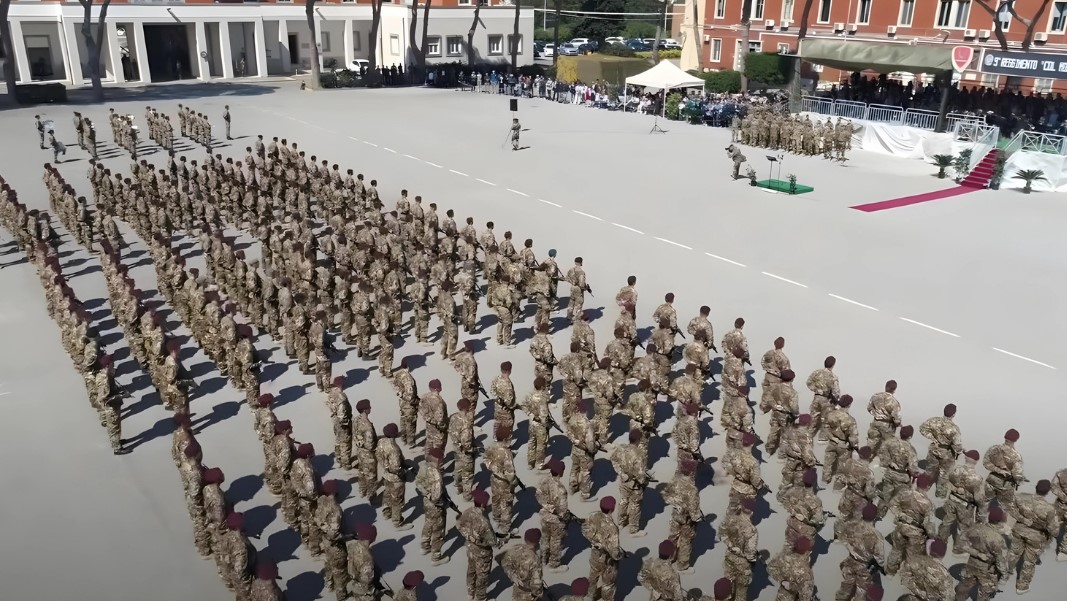
Established: July 20, 1942
The 9th Paratrooper Assault Regiment “Col Moschin” stands as the pinnacle of valor and expertise within the Italian Army’s special forces. Inspired by the British SAS, this elite unit boasts unparalleled proficiency in operating across diverse environments and terrains according to Grey Dynamics.
Historical Roots: The regiment’s legacy dates back to the Italian Front’s fierce battles during World War I, where it was originally known as the ‘9th Assault Unit’. It earned its distinguished reputation defending key positions on Monte Grappa, notably Col Moschin, showcasing its military prowess.
Notable Missions and Deployments Abroad
- Lebanon, March 1983: During the Lebanese Civil War, the regiment’s operators were deployed to Lebanon, marking a significant foreign engagement.
- 1990s: The “Col Moschin” Regiment undertook numerous missions in global hotspots, primarily under UN peacekeeping initiatives.
- Battle of Checkpoint Pasta, Mogadishu, Somalia, 1993: This mission marked the first major foreign combat operation for an Italian military unit since World War II, where they faced off against local rebels.
- 21st Century Operations: The regiment has been actively involved in support, patrol, and training missions in Afghanistan, Iraq, and Libya, adapting to the evolving nature of global conflicts.
Italy’s Other Elite Forces
- COMSUBIN: Italy’s Naval Special Forces, akin to the British SBS and US Navy SEALs, showcases Italy’s maritime special operations capabilities.
- Special Intervention Group (GIS): Known for its exceptional marksmanship, the GIS is another cornerstone of Italy’s special forces, specializing in critical interventions.
15. Special Service Group (SSG) – Pakistan
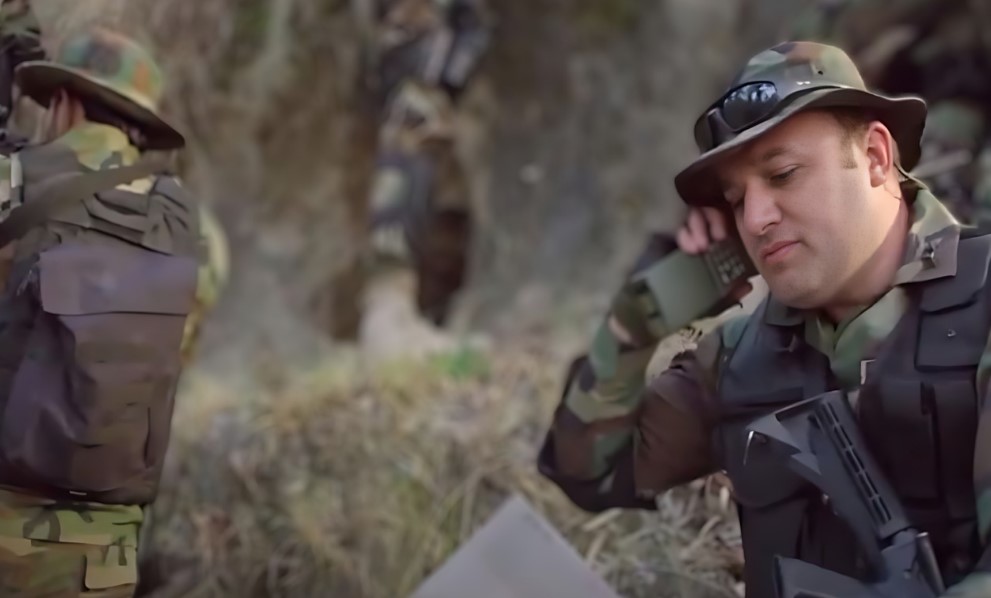
Established: March 23, 1956
The Special Services Group (SSG) Pak is a prestigious arm of the Pakistani Army, created by merging the 17th and 19th Baloch Regiments in 1956. Initially formed with assistance from the United States Army, the 19th Baloch aimed to counter the Soviet Union’s expanding influence in Afghanistan and its vicinity as noted by Globalsecurity.
Training and Influence: The SSG’s early training and tactical approaches were shaped by the US Army Special Forces, reflecting a close operational partnership against Soviet forces during the 1960s and 1970s.
Key Missions and Deployments
- 1960s Operations: The SSG conducted successful reconnaissance and covert operations along the Afghanistan-Pakistan border, marking its early engagement in regional geopolitical tensions.
- Operation Gibraltar: A significant mission against Indian Kashmir that precipitated the Indo-Pak war of 1965, showcasing the SSG’s strategic impact on regional conflicts.
- Counterinsurgency Efforts: In the 21st century, the SSG has played a crucial role in quelling insurgencies within Pakistan, particularly in the Balochistan region, demonstrating its adaptability to internal security challenges.
14. EKO Cobra – Austria
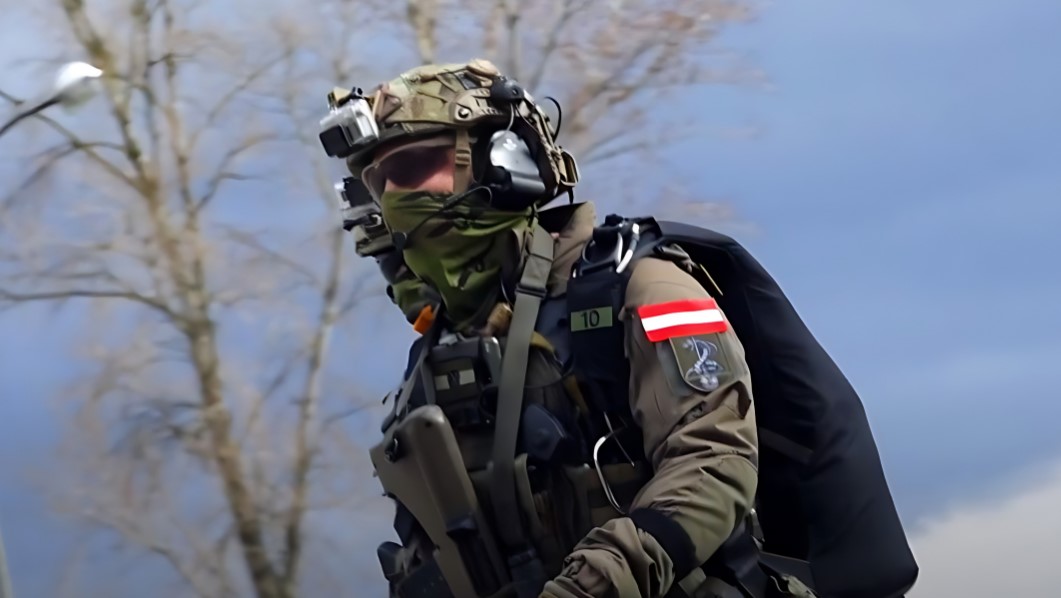
Established: 1978
EKO Cobra stands out as Austria’s elite police tactical unit, distinct from military forces and operating independently under the Ministry of Interior. Originating in response to security concerns for East European Jews post the 1972 Munich Olympics tragedy, EKO Cobra was initially known as GEK until its rebranding in 2002.
Key Operations and Capabilities
- High-Profile Missions: EKO Cobra has been pivotal in executing critical hostage rescue and counter-terrorism operations, showcasing its strategic importance and operational efficiency.
- Historic Aircraft Rescue: Notably, it is the world’s only police tactical unit to successfully conduct a mid-air hijacking rescue on October 17, 1996, marking a significant achievement in aviation security according to Issuu.
- International Collaboration: The unit collaborated with Germany’s GSG 9 during the 2016 Munich shooting, demonstrating its role in international counter-terrorism efforts.
- Austrian-Made Arsenal: EKO Cobra’s weaponry primarily consists of Austrian-made firearms, including Glocks and Steyr rifles, emphasizing the unit’s reliance on domestic arms for operational readiness.
13. MARCOS – India
Established: February 1987
MARCOS, also known as the Marine Commando Force (MCF), represents the pinnacle of specialized warfare within the Indian Navy. With an astonishing dropout rate of 98%, the rigorous selection process ensures that only the most elite candidates earn the MARCOS badge, highlighting the unit’s exceptional standards and training intensity.
Origins: The roots of MARCOS trace back to the 1950s with the formation of a combat diver unit within the Indian Armed Forces. Recognizing the need for a more versatile and capable force, the Indian Navy established MARCOS in 1986, initially bolstering its ranks with officers trained by the U.S. Navy SEALs and the U.K.’s Special Boat Service.
Key Operations and Deployments
- Sri Lankan Civil War: MARCOS played a pivotal role in the Indian Peace Keeping Force, capturing strategic locations in Jaffna, Sri Lanka, during Operation Pawan and contributing significantly to efforts aimed at resolving the conflict.
- Operations in Tamil Nadu and the Maldives: The unit has executed critical missions beyond Indian borders, showcasing its operational flexibility and strategic impact.
- Border and Maritime Security: Currently, MARCOS is actively involved in covert operations along India’s borders, particularly against Chinese and Pakistani military threats. Additionally, they spearhead anti-piracy missions in the Arabian Sea and the Persian Gulf, underscoring their vital role in regional security.
Other Elite Forces in India
- Para SF: Another esteemed special forces unit within the Indian Army, part of the Parachute Regiment, which includes airborne battalions. Known for their airborne assault capabilities, the Para SF is a key component of India’s special operations community.
12. Special Air Service (NZSAS) – New Zealand
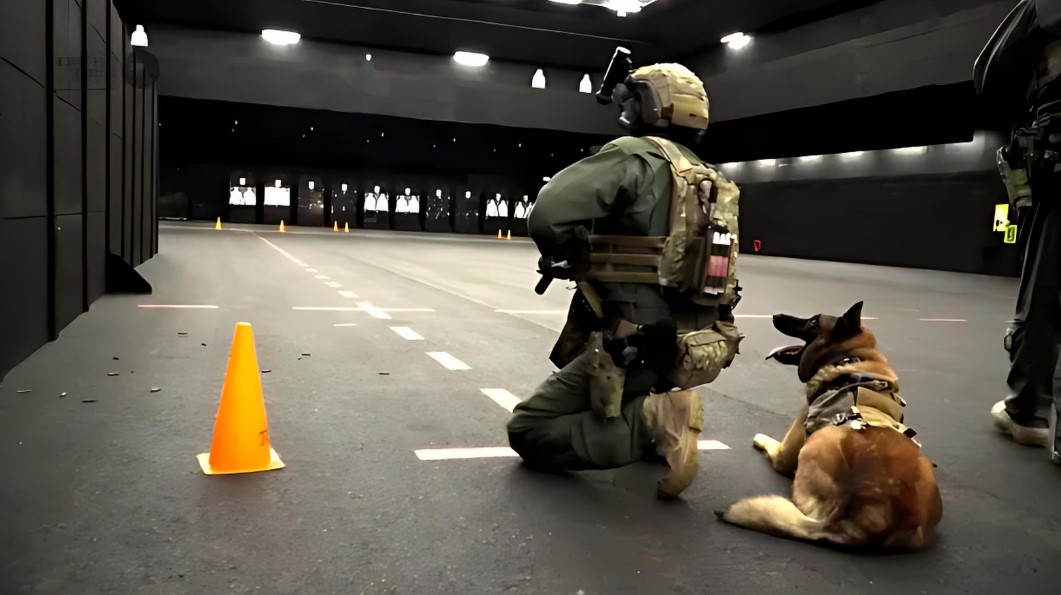
Established: October 1959
The New Zealand Special Air Service (1 NZSAS Regt.) is recognized as the premier military unit within the New Zealand Defence Force, tasked with a wide array of critical missions including counter-terrorism, reconnaissance, and CBRNE (Chemical, Biological, Radiological, Nuclear, and Explosives) defense, alongside other specialized operations.
Origins: The NZSAS was initially formed in 1955 to contribute to the Commonwealth’s military efforts during the Malayan Emergency. Despite a brief disbandment in 1957, it was reconstituted in 1959, drawing inspiration from the British Special Air Service in its structure and operational approach.
Key Missions and Deployments
- South-East Asia Engagements: The NZSAS has a history of deployments across South-East Asia, participating in operations in Thailand (1962), Borneo (1965), Vietnam (1968), and East Timor (1999), reflecting its regional engagement and versatility.
- Task Force K-Bar: As part of the multinational Task Force K-Bar in Afghanistan until April 2002, the NZSAS contributed significantly to the coalition’s special operations efforts, showcasing its capability to operate within international joint task forces.
- Counter-Insurgency in Kabul (2009-2012): The unit’s involvement in counter-insurgency operations in Kabul highlights its adaptability to complex urban environments and its effectiveness in high-stakes missions.
- Praise from General David Petraeus: The commendation by retired General David Petraeus in 2011 underscores the NZSAS’s instrumental role and exceptional performance in Afghanistan, including conducting high-risk arrests and weapons raids.
11. Joint Task Force 2 (JTF 2) – Canada
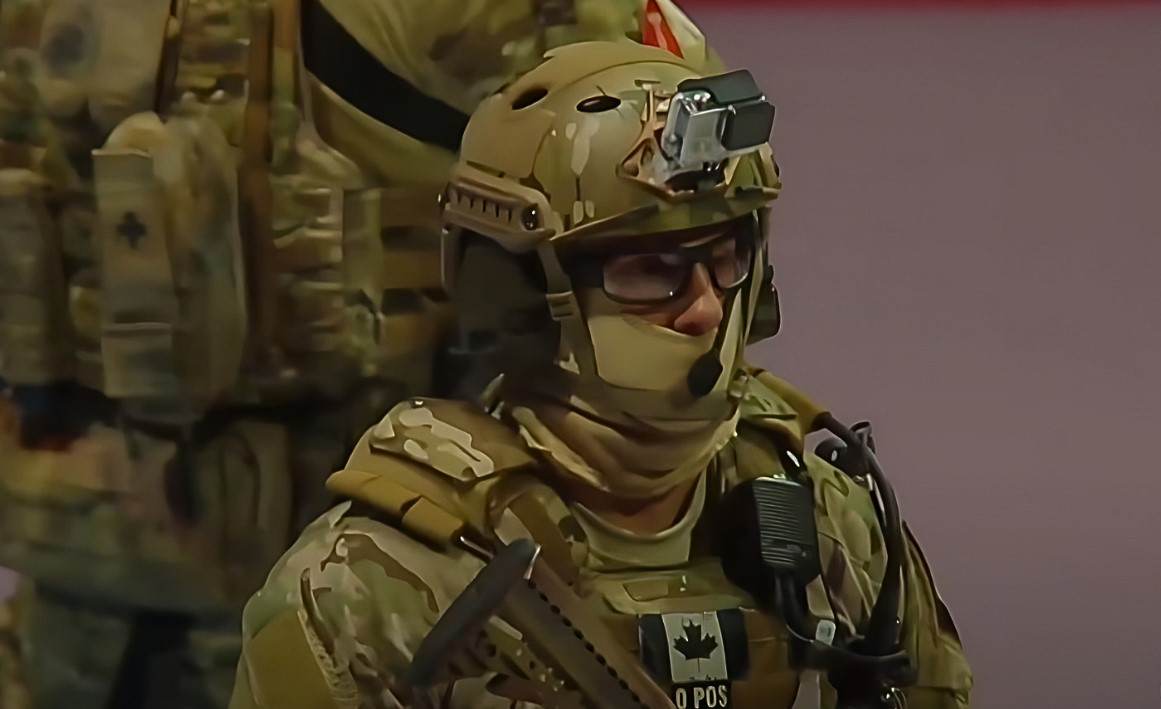
Established: April 1, 1993
Joint Task Force 2 (JTF 2) is the pinnacle of Canada’s special operations forces, known for its exceptional secrecy and expertise in counter-terrorism, hostage rescue, and special reconnaissance missions. Formed in the early 1990s, JTF 2 was designed to address the evolving nature of global threats, operating both within and beyond Canadian borders according to Canada.ca.
Key Operations and Achievements
- Haiti and Afghanistan Deployments: JTF 2’s operational history includes significant deployments in Haiti and Afghanistan, showcasing its global reach and operational effectiveness in complex environments.
- Secretive Afghanistan Deployment: Following the 2001 American declaration of War on Terror, JTF 2’s deployment to Afghanistan was conducted with such confidentiality that it reportedly occurred without the direct knowledge of the Canadian Prime Minister, highlighting the unit’s covert operational mandate.
- Rescue Operation in Iraq, 23 March 2006: A notable mission involved the rescue of three Christian Peacemaker Team members in Iraq, a collaborative effort with the British SAS and US intelligence agencies. This operation earned JTF 2 high praise from both the Pentagon and the British Foreign Office for its critical role.
- Unconfirmed Operations: While not officially confirmed, JTF 2 is believed to have participated in joint operations with British special forces during the Libyan civil war in 2011 and was rumored to have been deployed to Kosovo in October 2000, indicating its involvement in key international conflicts.
10. GSG 9 – Germany
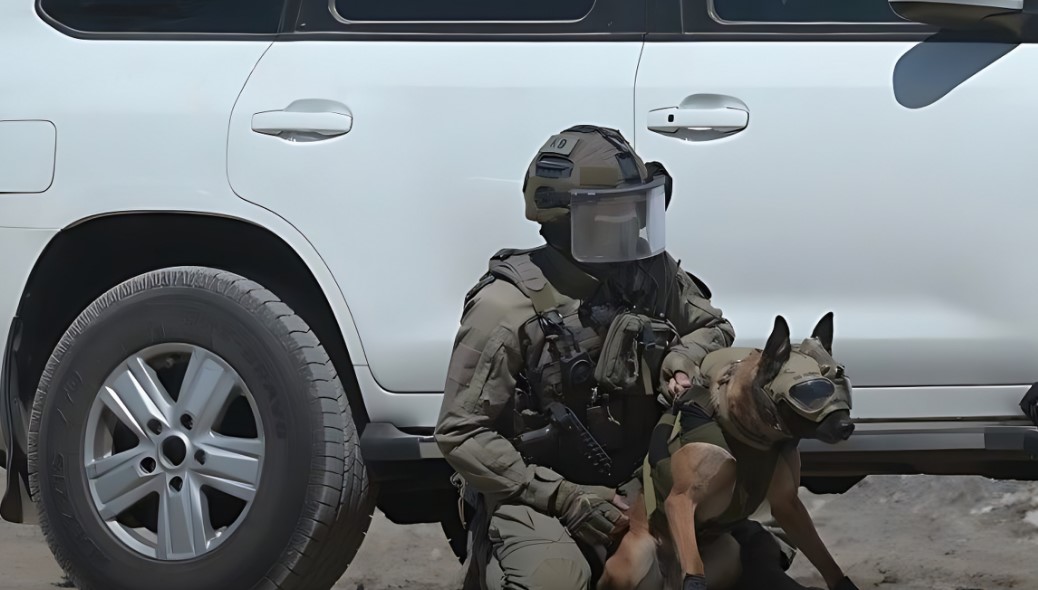
Established: September 26, 1972
GSG 9 (Border Protection Group 9) is a highly specialized tactical unit of the German Federal Police, renowned for its expertise in hostage rescue, counter-terrorism, and executing high-risk arrests. This elite unit is also at the forefront of developing innovative tactics and methodologies for such operations.
Formation: The tragic events of the 1972 Munich Olympics massacre, which resulted in the deaths of 11 Israeli athletes and a German police officer, highlighted a critical gap in Germany’s capacity to handle terrorist situations. In response, the German government established GSG 9 under the Federal Police to ensure preparedness for any future threats.
Highlighted Operations
- Lufthansa Flight 181 Rescue, October 18, 1977: In a landmark operation, GSG 9 successfully rescued all 86 hostages from Lufthansa Flight 181 in Mogadishu, Somalia, showcasing their exceptional skills and setting a global standard for hostage rescue missions.
- RAF Arrests, 1982 and 1993: The unit played a crucial role in dismantling the Red Army Faction (RAF), a far-left militant group, through the arrest of several key members in the 1980s and early 1990s.
- 2007 Terrorist Arrests: GSG 9’s apprehension of three suspected terrorists, along with a significant amount of explosives, further cemented their reputation for effectively neutralizing threats to national security.
Equipment: GSG 9 operators are equipped with a mix of German and American-made gear, ensuring they have access to the best tools for their critical missions.
9. GIGN – France
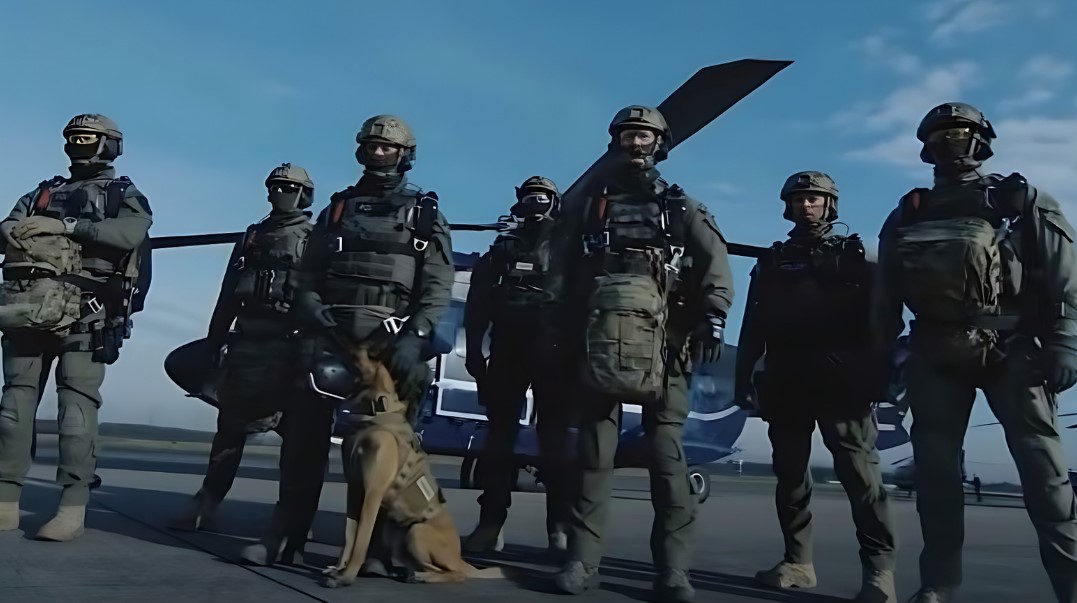
Established: March 1974
The National Gendarmerie Intervention Group (GIGN) is a premier tactical unit of the National Gendarmerie, part of the French Armed Forces. Formed in the aftermath of the 1972 Munich massacre and the 1973 Clairvaux prison mutiny, GIGN was created to address the urgent need for a specialized law enforcement unit capable of responding to organized crime, domestic terrorism, and hostage crises.
Capabilities: GIGN is celebrated for its rapid deployment and advanced combat skills in critical situations, with the capacity to operate globally. The unit has participated in over 1,800 missions, demonstrating its extensive experience and effectiveness in high-stakes environments.
Organization: The GIGN is structured into six segments, with the core assault component, the ‘Intervention force,’ comprising four platoons. Each platoon consists of twenty-four highly trained operators, ready to tackle a wide range of threats.
Highlighted Missions and Operations
- Air France Flight 8969, December 1994: In a highly publicized and successful operation, GIGN stormed the hijacked Air France flight, neutralizing the hijackers and ensuring the safety of all passengers without civilian casualties.
- Capture of Bob Denard, 1995: Collaborating with French Army and Navy special operations units, GIGN played a pivotal role in apprehending the infamous mercenary Bob Denard in the Comoros, showcasing its operational reach and versatility.
- Operations in Afghanistan: GIGN has also been deployed to Afghanistan, contributing to policing and support operations, further highlighting its adaptability and global operational capabilities.
8. JW GROM – Poland
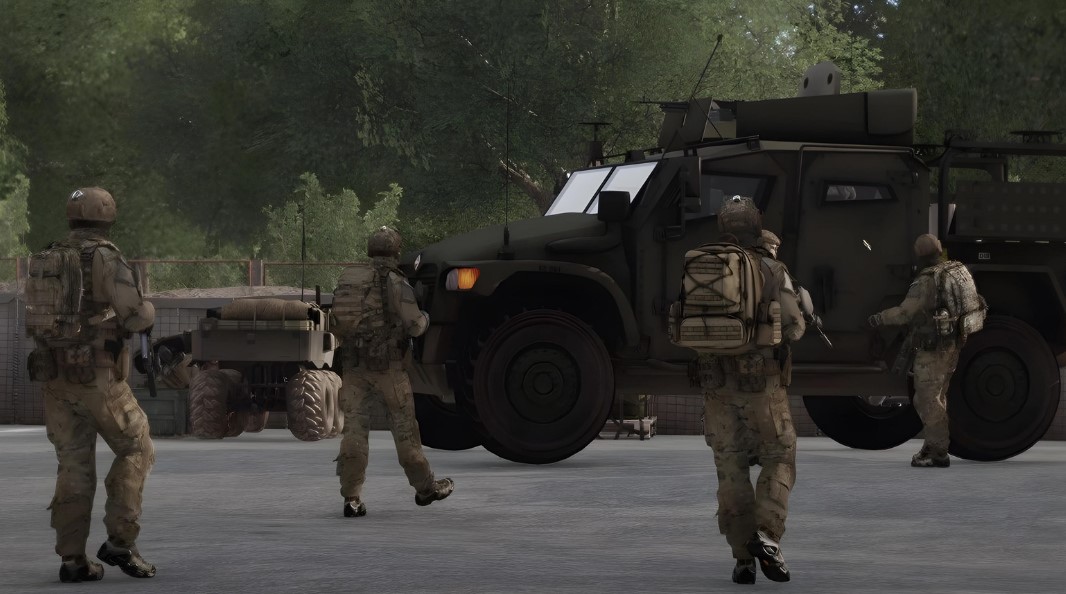
Established: July 13, 1990
JW GROM stands as one of Poland’s premier special operations units, falling under the Special Troops Command. Known globally for their exceptional skills, GROM operators are affectionately dubbed “The Surgeons” for their comprehensive medical training and precise operational execution. Drawing initial inspiration from renowned units like the British SAS, the United States Delta Force, and SEALs, GROM has developed its unique identity and operational capabilities.
Key Deployments and Missions
- Public Recognition: Although established in 1990, JW GROM remained a closely guarded secret until its activities were first reported in 1992. The unit gained significant attention in 1995 following its inaugural major military engagement in Haiti, showcasing its capabilities on the international stage.
- 2003 Iraq Invasion: GROM played a pivotal role in the Polish contingent during the invasion of Iraq. The unit was tasked with securing vital assets and conducting counter-insurgency operations, demonstrating its strategic importance and effectiveness in complex conflict zones.
- Operations in Afghanistan: In Afghanistan, GROM’s contributions were notable for their operational success and the crucial role they played in training the Afghan National Police. Their effectiveness in mission execution has been widely commended, further solidifying their reputation as a top-tier special forces unit.
7. Sayeret Matkal – Israel
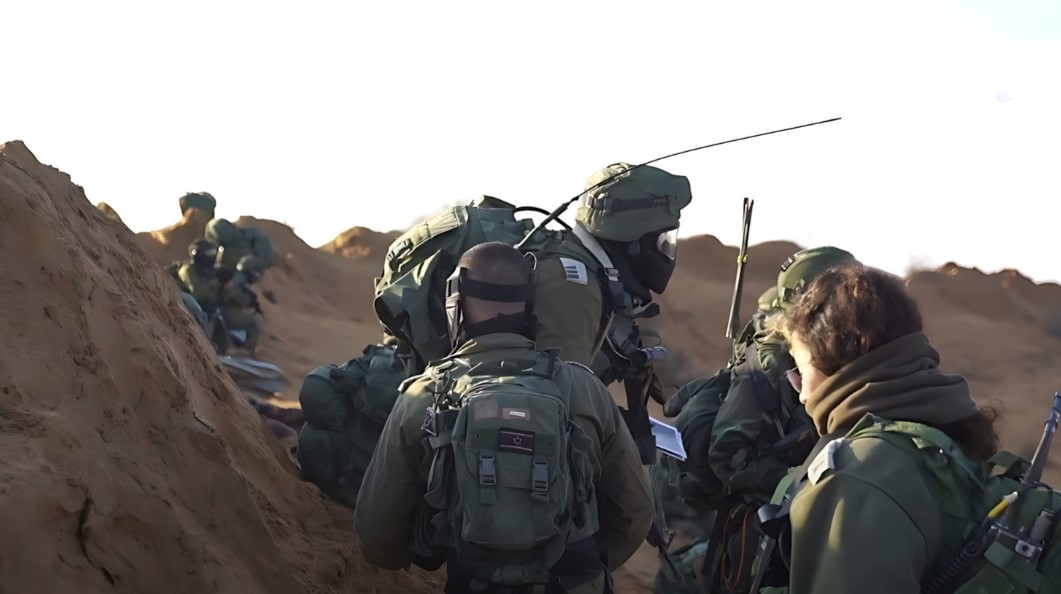
Active Since: 1957
Sayeret Matkal, also known as the General Staff Reconnaissance Unit, is a cornerstone of the Israel Defense Forces (IDF). Established in the wake of the Qibya massacre and the disbandment of Unit-101, Sayeret Matkal was formed to fill the critical need for a dedicated special forces unit alongside the Navy’s Shayetet 13 according to Jewish virtual Library.
Role and Capabilities: Primarily an intelligence-gathering unit, Sayeret Matkal specializes in deep reconnaissance missions behind enemy lines. It is also tasked with high-stakes hostage rescue and counter-terrorism operations. Until 1974, Sayeret Matkal was the primary unit for domestic rescue missions, a role that shifted to Yammam, Israel’s National Counter Terrorism Unit, after its formation.
Highlighted Missions and Operations
- Operation Entebbe, 1976: Perhaps the most famous mission attributed to Sayeret Matkal, Operation Entebbe showcased the unit’s extraordinary capabilities on the global stage. On July 4, approximately a hundred Israeli commandos, led by Sayeret Matkal operators, executed a daring raid on Uganda’s Entebbe airport. The operation successfully rescued over a hundred hostages, marking a significant triumph in the history of special operations.
6. Special Air Service Regiment (SASR) – Australia
Established: July 25, 1957
The Special Air Service Regiment (SASR) represents the pinnacle of the Australian Defence Force’s (ADF) special operations capabilities. Known by nicknames such as “Snake eaters” and “chicken stranglers,” the SASR is a key component of the Special Operations Command. Its formation was inspired by the British SAS, adopting similar principles and gaining regimental status in 1964.
Background and Training: The SASR’s roots trace back to the varied special forces units of the Services Reconnaissance Department active during World War II. SASR operators undergo rigorous training to master covert surveillance and reconnaissance in small teams, as well as executing large-scale raids. Their skill set also encompasses specialist counter-terrorism efforts, training local forces, and conducting hostage rescue missions.
Key Deployments and Missions
- Borneo (1965) & Vietnam (1968): Early deployments that showcased SASR’s capability in jungle warfare and reconnaissance missions.
- Cambodia (1997), Kuwait (1998), & East Timor (1999): Participation in UN Peacekeeping missions, highlighting SASR’s role in international security and humanitarian efforts.
- Afghanistan: SASR played a significant role in Operation Slipper and Operation Anaconda, contributing to coalition efforts against terrorism and insurgency.
5. Delta Force (1st SFOD-D) – U.S.
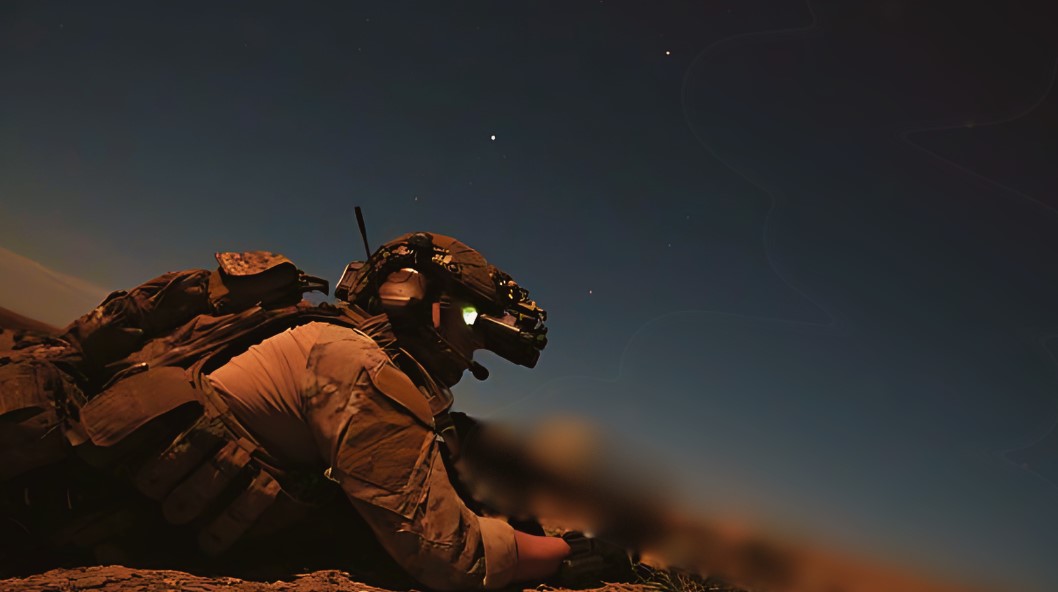
Established: November 19, 1977
Delta Force, officially known as the 1st Special Forces Operational Detachment-Delta (1st SFOD-D), is the United States’ premier special operations force, renowned for its secretive nature and exceptional competency in handling high-value targets, counter-terrorism, hostage rescue, and reconnaissance missions according to Military.com.
Foundation and Philosophy: The inception of Delta Force was inspired by Charles Beckwith, a visionary Special Forces officer who recognized the need for a highly adaptable and autonomous unit after serving with the British Army’s Special Air Service (22 SAS Regiment). Beckwith’s experiences during the Malayan Emergency shaped his proposal for a unit capable of executing covert operations with unparalleled precision and flexibility.
Training and Selection: Delta Force is known for its rigorous selection process, as highlighted by former operator Paul Howe’s recounting of the attrition rate during his selection course. Out of approximately 240 candidates across two classes, only 12 to 14 individuals successfully completed the grueling course, underscoring the unit’s elite standards and the exceptional caliber of its operators.
4. Alpha Group – Russia
Active Since: 1974
Nickname: Alpha Group (Alfa)
Alpha Group, officially designated as Directorate “A” of the FSB Special Purpose Center, is a premier counter-terrorism unit originally established by the Soviet KGB. Its primary mandate includes executing counter-terrorism operations and ensuring the security of Soviet and Russian leadership.
Current Role: Today, Alpha Group operates under the auspices of the Federal Security Service (FSB), Russia’s principal security agency. Known for their assertive and decisive approach, Alpha Group operators are among the most formidable in the global special forces community.
Notable Operations
- International Engagements: Alpha Group’s operational history includes significant roles in Soviet military actions abroad, such as in Afghanistan, Lebanon, and the Baltic states, showcasing its capability to project power and execute complex missions outside Russian territory.
- Domestic Counter-Terrorism: Within Russia, Alpha Group has been pivotal in responding to major terrorist incidents. Notably, it was involved in the resolution of the Moscow theater hostage crisis in 2002 and the Beslan school siege in 2004, among other critical operations. These high-stakes missions have tested and proven the unit’s operational readiness and effectiveness in handling severe crisis situations.
3. Shayetet 13 – Israel’s Naval Commandos
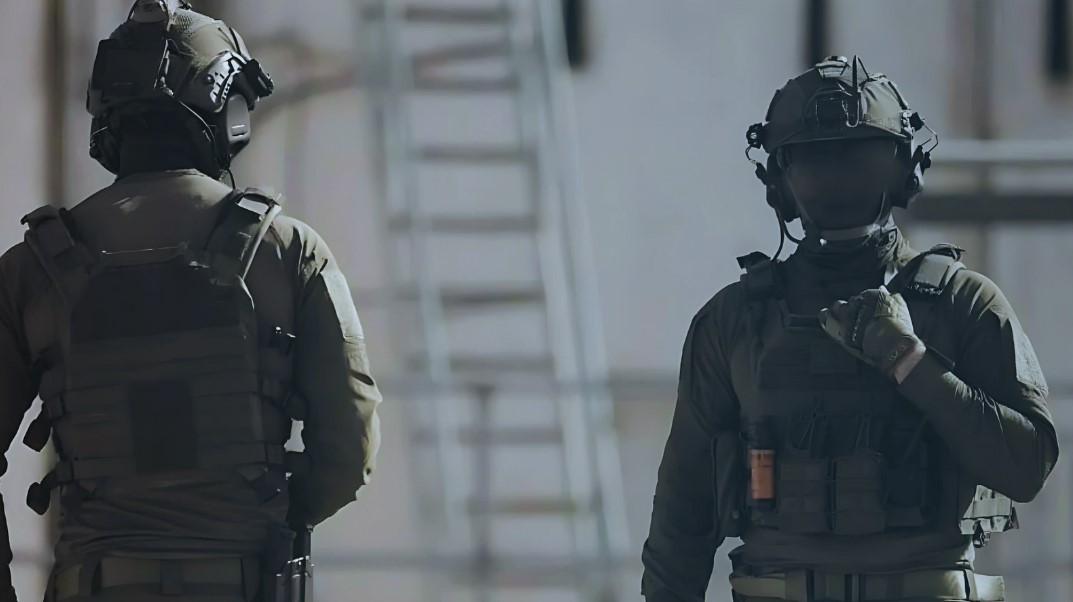
Active Since: 1964
Nickname: HaShayetet (The Flotilla)
Shayetet 13 is the elite special forces unit of the Israeli Navy, renowned for its expertise in maritime operations, including counter-insurgency, sabotage, search and rescue, and reconnaissance missions. Established in the mid-1960s, it ranks among the world’s most prestigious special operations forces, comparable to the British Special Boat Service (SBS) and the United States Navy SEALs.
Key Operations and Historical Impact
- Early Engagements: Since its inception, Shayetet 13 has played a pivotal role in Israel’s military history, participating in critical conflicts such as the Six-Day War (1967) and the War of Attrition. Its collaboration with Sayeret Matkal to counter Egyptian forces underscores its strategic importance in regional security.
- 1973 Raid on Lebanon: As part of Operation “Wrath of God,” Shayetet 13 conducted a daring raid in Lebanon in 1973, targeting high-ranking members of the Palestine Liberation Organization (PLO) and Black September. This operation was in direct response to the 1972 Munich Massacre, highlighting Shayetet 13’s role in Israel’s counter-terrorism efforts and its ability to execute complex missions beyond its borders.
2. Navy SEALs – United States
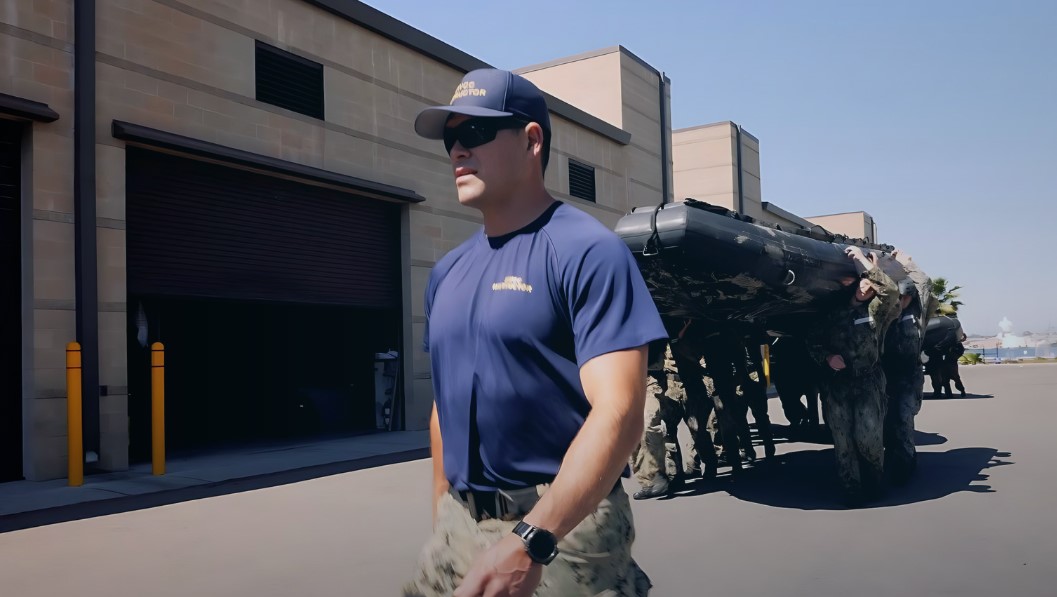
Active Since: January 1, 1962
Nickname: “The Teams”
The United States Navy SEALs represent the pinnacle of maritime special operations, forming an integral part of the Naval Special Warfare Command and the United States Special Operations Command. With origins dating back to World War II, the SEALs were formally established during the Vietnam War, marking the advent of a new era in special operations capabilities.
Key Deployments and Achievements
- Global Presence: Over the past several decades, Navy SEALs have been deployed in numerous conflict zones around the world, including the significant role they played during the 2003 invasion of Iraq. Their versatility and capability to operate in sea, air, and land environments make them a vital asset in a wide range of military operations.
- Operation Neptune Spear: Perhaps the most renowned mission undertaken by the SEALs was Operation Neptune Spear in 2011, which resulted in the elimination of Osama bin Laden. This operation underscored the SEALs’ precision, skill, and effectiveness in executing high-stakes missions against global terror threats.
Training and Preparation
The training regimen for Navy SEAL candidates is famously rigorous, designed to push individuals to their physical and mental limits. The selection process includes over a year of intense training, culminating in the notorious “Hell Week,” which is known for its extreme physical and psychological challenges. Only the most resilient and capable candidates emerge as SEALs, ready to undertake some of the most demanding tasks in the military.
1. Special Air Service (SAS) – United Kingdom
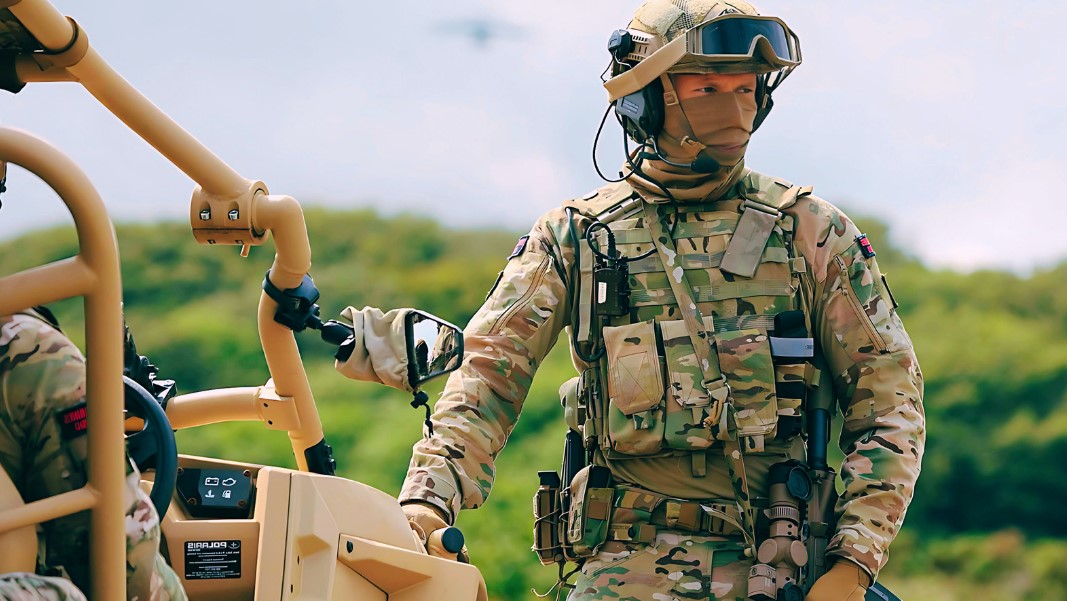
Nickname: “The Regiment”
Role: Counter-terrorism, reconnaissance, special operations
The Special Air Service (SAS) stands as one of the most prestigious and effective special forces units globally, with its roots stretching back to 1941. Known for its rigorous selection process, exceptional training, and versatility in operations, the SAS has set the standard for special operations forces worldwide.
Structure and Organization
The SAS comprises three main units:
- 22 SAS Regiment: The regular unit that forms the core of the SAS, consisting of four active squadrons: A, B, D, and G. Each squadron is made up of approximately 65 men, divided into four troops, with each troop specializing in a particular aspect of warfare and supported by a headquarters section led by a captain.
- 21 SAS (Artists) (R) and 23 SAS: These are reserve units that support the regular regiment in various capacities, providing additional manpower and specialized skills as needed.
Notable Deployments
- War in Afghanistan: The SAS has been instrumental in numerous operations during the conflict in Afghanistan, including the successful joint rescue mission, codenamed Jubilee, with U.S. special forces in Badakhshan Province. This operation highlighted the SAS’s capability to execute complex missions with precision and without casualties.
Legacy and Influence
The SAS’s methodologies and operational philosophy have profoundly influenced the formation and development of other special forces units around the world. The American Delta Force, for example, was modeled after the SAS, adopting many of its training regimes, tactics, and organizational structures. This global influence underscores the SAS’s role as a benchmark for special operations excellence.
FAQ
What Defines the Lethality of Special Forces Units?
The term “lethal” in the context of Special Forces units is indicative of their proficiency in executing high-risk operations successfully. Several factors contribute to a unit’s lethality:
- High Mission Success Rate: A consistent track record of successful operations underlines a unit’s effectiveness.
- Rigorous and Specialized Training: Intense preparation in a variety of combat and survival skills ensures operatives can handle any situation.
- Versatility in Operation Environments: The ability to operate seamlessly across diverse settings, from urban landscapes to isolated terrains.
- Stealth and Intelligence Gathering: Expertise in covert operations and the ability to conduct reconnaissance without detection.
- Advanced Technological Support: Access to cutting-edge technology for surveillance, communication, and weaponry enhances operational capabilities.
What Are Requirements for Special Forces?
Entry into Special Forces is governed by stringent criteria, varying across different nations and military branches, yet some commonalities exist:
- Physical Fitness and Psychological Stability: Candidates must pass demanding physical tests and psychological evaluations to demonstrate their readiness.
- Continuous Training and Skill Development: Ongoing physical conditioning and tactical training are essential to keep abreast of evolving combat techniques and technologies.
- Mental Toughness and Team Spirit: Resilience, the ability to adapt, and a strong commitment to teamwork are indispensable traits for candidates.
- Health and Medical Standards: Aspirants must meet specific health criteria to ensure they are fit for the rigors of Special Forces duties.
How Special Forces are Funded?
The financial backing for Special Forces is a segment of a nation’s overall defense budget, influenced by strategic priorities and security policies. Funding allocations may be directed towards:
- Mission-Specific Needs: Resources may be increased for particular operations or to enhance capabilities in strategic areas.
- Technological and Tactical Advancements: Investments in state-of-the-art communication systems, surveillance technologies, and advanced weaponry are crucial.
- Training Programs: Funding supports rigorous training regimes to maintain the elite status of Special Forces operatives.
Bottom Line
The world’s most formidable special forces units, from Italy’s 9th Paratrooper Assault Regiment to the UK’s Special Air Service, embody the pinnacle of military excellence.
These elite teams, known for their rigorous training, advanced weaponry, and significant contributions to global security, continue to set the standard for special operations worldwide.
Their storied histories, marked by pivotal roles in major conflicts and high-stakes missions, underscore their critical importance to national and international security.

